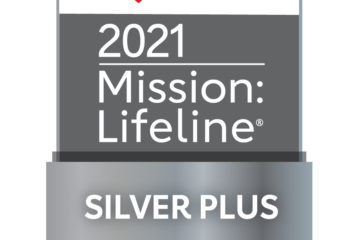“Stroke is the second-leading cause of death in the world and a leading cause of adult disability, with ischemic strokes accounting for about 87% of all strokes”. (AHA Stroke). Recently the AHA/AIS updated its treatment guidelines for Health Professionals. In doing so, they emphasized the importance of the early detection of a stroke and activation of the 911 system.
“Activation of the 9-1-1 system by patients or other members of the public is strongly recommended.” (Stroke, March 2018, AHA Guideline Update).
EMS plays an important role in the early detection and preperation of our Stroke Patients. This includes initiating IV access, obtaining Blood labs, preparing the patient for transport to a regionally recongnized Stroke Treatment Center along with treating additional symptoms the patient is experiencing. A taxi can’t do that! Always Call 9-1-1!
Remember F.A.S.T.
F. Face Drooping: Does one side of the face droop or is it numb? Ask the person to smile. Is the person’s smile uneven or lopsided?
A. Arm Weakness: Is one arm weak or numb? Ask the person to raise both arms. Does one arm drift downward?
S. Speech Difficulty: is speech slurred? Is the person unable to speak or hard to understand? Ask the the person to repeat a simple sentence, like “the sky is blue”. Is the person able to correctly repeat the words?
T. Time to call 9-1-1: If someone shows any of these symptoms, even if the symptoms go away, call 9-1-1 and say, “I think this is a stroke” to help get the person to the hospital immediately. Time is important! Don’t Delay, and also note the time when the symptoms first appeared. Emegency Responders will want to know!


